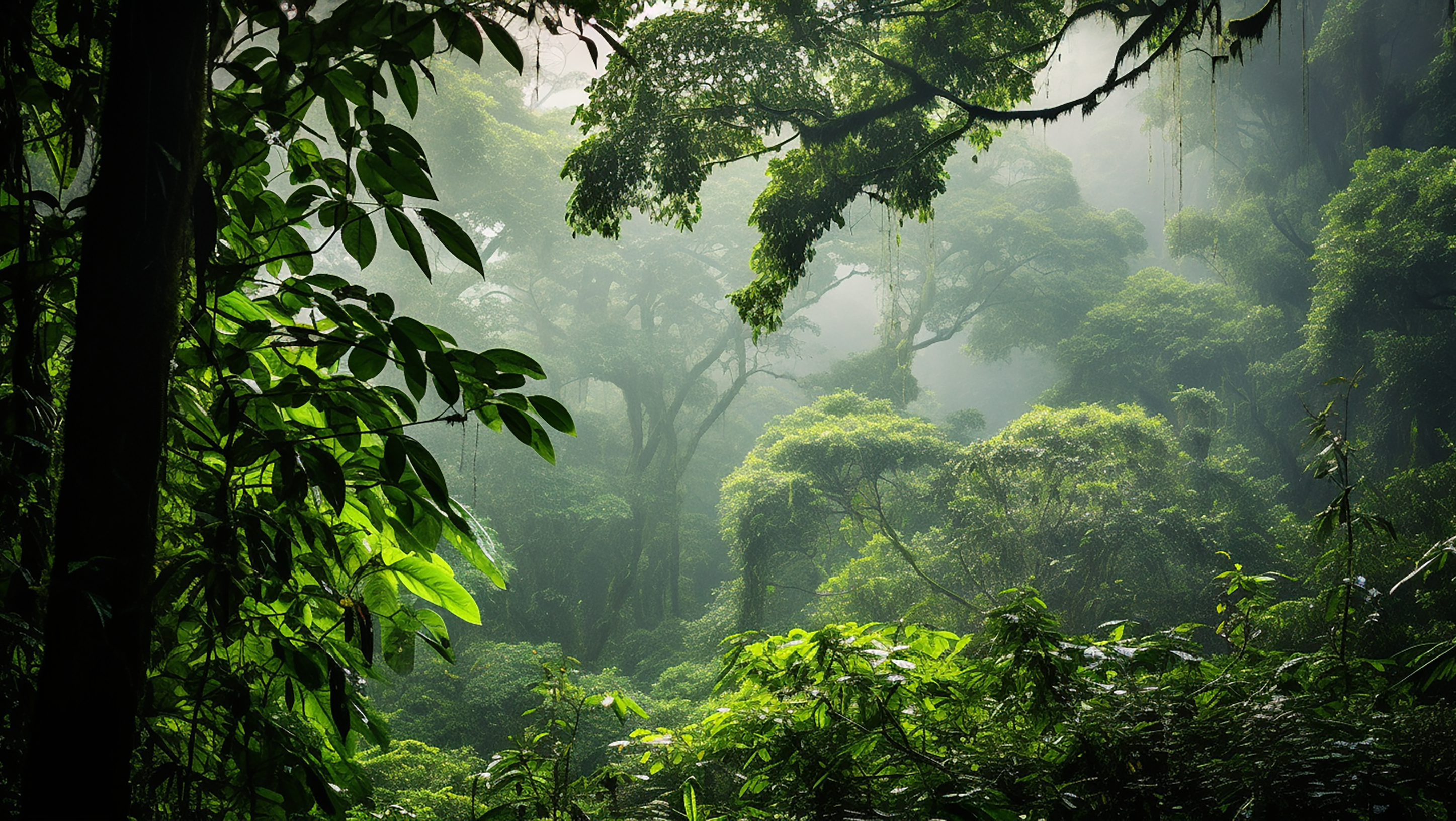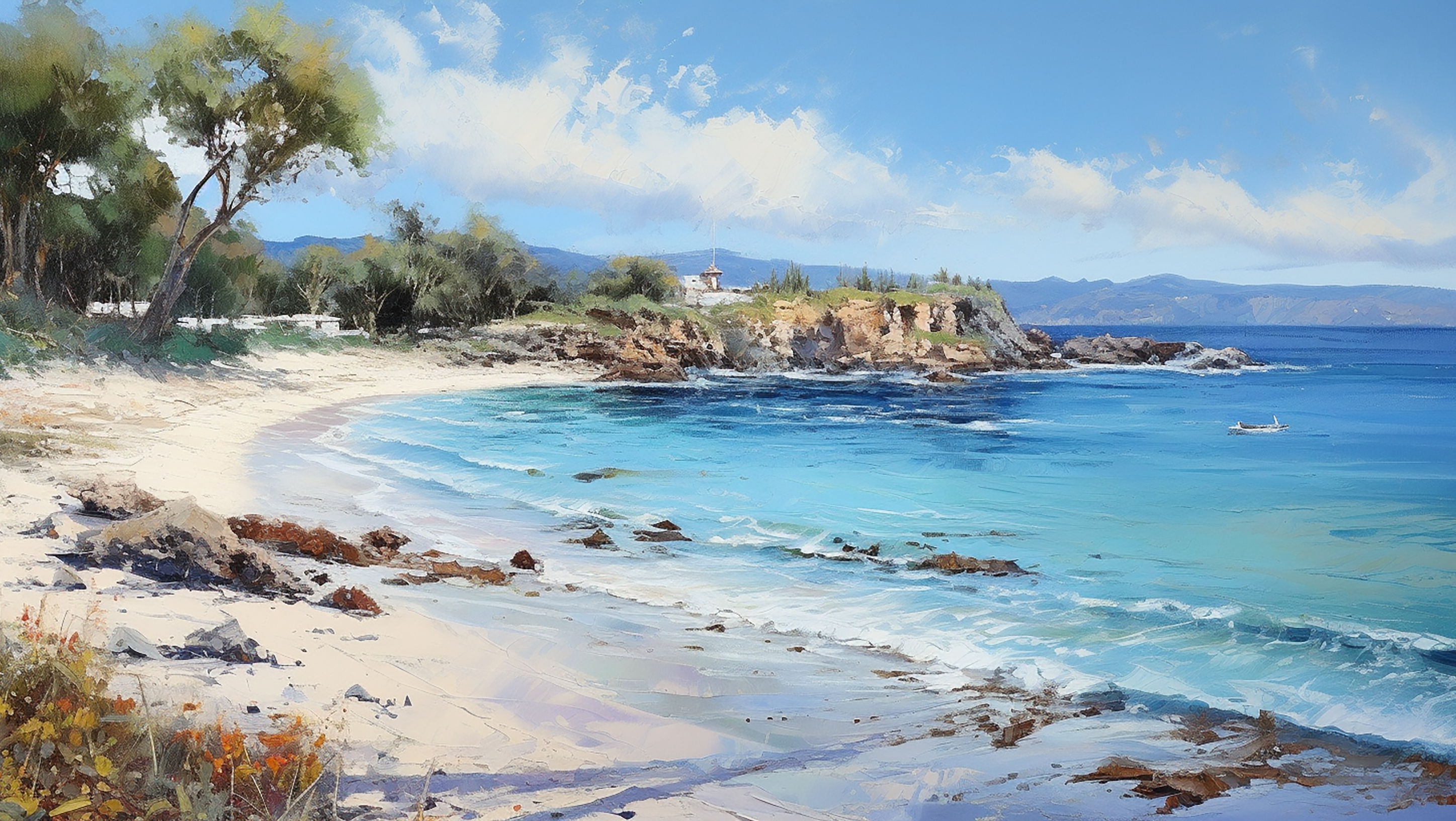Winter Wonderland : Venice
Alright, let's dive into the heart of Venice, a city that dances on the waters of the Adriatic, a place where history and culture are as intertwined as the canals that serve as its streets. As the London winter finally began to flex its icy muscles, stretching out across the city with chilly mornings and even colder days, I decided it was time for a tactical retreat to the warmer climes of southern Europe. This time, my compass pointed towards Venice for a brief, three-day sojourn.
In mid-January, winter had also laid its claim on this part of Italy's boot, but fortune smiled upon me as the sun decided to grace my little adventure with its presence throughout the weekend. I had visited Venice before, but that was in the sweltering heat of August, when there was no escape from the scorching sun and the throngs of tourists. In the depths of winter, a week before the traditional Carnival kicked off, the city was relatively serene. The famed Venetian pigeons, it seemed, outnumbered the tourists in St. Mark's Square. My lodgings were a stone's throw away from the heart of Venice, at the All'Angelo Hotel. While its star rating might not fully reflect the quality of its services, its location in the epicenter of the city made it an excellent choice.
Venice, founded in the 5th century, has a rich history as a major maritime and trading power during the Middle Ages and the Renaissance. This "floating city" is made up of 118 islands, separated by canals and connected by over 400 bridges. Its unique geography and stunning architecture have been enchanting travelers for centuries.
This time, I decided to forego any specific plans and take a break from the daily grind of guidebooks, maps, and "must-see" attractions. Instead, I simply wandered through the city, capturing anything that seemed worthy of memory with my camera, sampling local sweets and traditional wood-fired pizzas, complemented by strong espressos and, of course, Italian wine.
On my first day, I made my way to the Rialto Bridge, the oldest and most famous of the four bridges spanning the Grand Canal. Unfortunately, during my visit, the bridge was hidden under scaffolding and billboards. Built in 1591, the Rialto Bridge replaced a series of wooden structures that had served the same purpose since the 12th century. Crossing the bridge, I delved into a labyrinth of pastel houses, bridges, and narrow streets that seemed to have been created for hobbits. Amidst one of the most beautiful cities in the world, I began to feel the atmosphere of this historic place. Every corner offered something to capture my attention, be it a gondolier waiting for his clients, or an exhibition dedicated to the genius of Leonardo da Vinci and his inventions.
As the sun set over the Grand Canal, I took a few photographs of the city against the backdrop of a pastel sky and returned to St. Mark's Square in the twilight. Most tourists had already left on boats, and I had almost the entire promenade to myself, sharing it only with a few groups animatedly discussing something in nearby cafes, or with tourists who, like me, were staying in this part of the city.
On the second day, I decided to look at the city from above, climbing the steps to the colonnade atop St. Mark's Basilica - a beautiful example of Italo-Byzantine architecture. Surprisingly, few decided to follow my example, most stayed below, feeding the pigeons or taking photographs.
After a dinner of seafood pizza and homemade wine, I continued to stroll through the city, enjoying views of Venice both above and below the waterline - in the reflections. The numerous bridges appeared both similar and unique, boutiques mingled with souvenir shops selling everything from Venetian masks to Murano glass products.
On my last day, after checking out of the hotel, I decided to stroll through those parts of the city that are mainly inhabited by locals. Here, the houses were covered with crumbling plaster, and instead of souvenir shops, there were fruit and vegetable stores. Instead of advertising banners, you were more likely to see laundry drying on lines. However, it was still interesting to see this side of Venice, it's like turning a designer t-shirt inside out, seeing all the seams, but also better understanding what it's made of.
This authentic Venetian quarter shows the daily life of the city, where residents go about their business against the backdrop of historical wonders. Venice is home to many architectural masterpieces, such as the Doge's Palace, which was the center of administration of the Republic of Venice, and the symbolic Basilica of Santa Maria della Salute, a monument to the city's resilience during the devastating plague of 1630.
Wandering through Venice, you can discover many little-known facts and unique features. For example, many do not know that the famous Venetian pigeons, which were once a symbol of the city, are now protected, and feeding them is prohibited to limit their numbers and protect historical monuments from damage.
Another amazing feature of Venice is the acqua alta, a periodic flooding that forces residents and tourists to walk on wooden planks installed over flooded streets. This unique city continues to grapple with the waters that both define its historical appearance and pose a threat to its existence.









